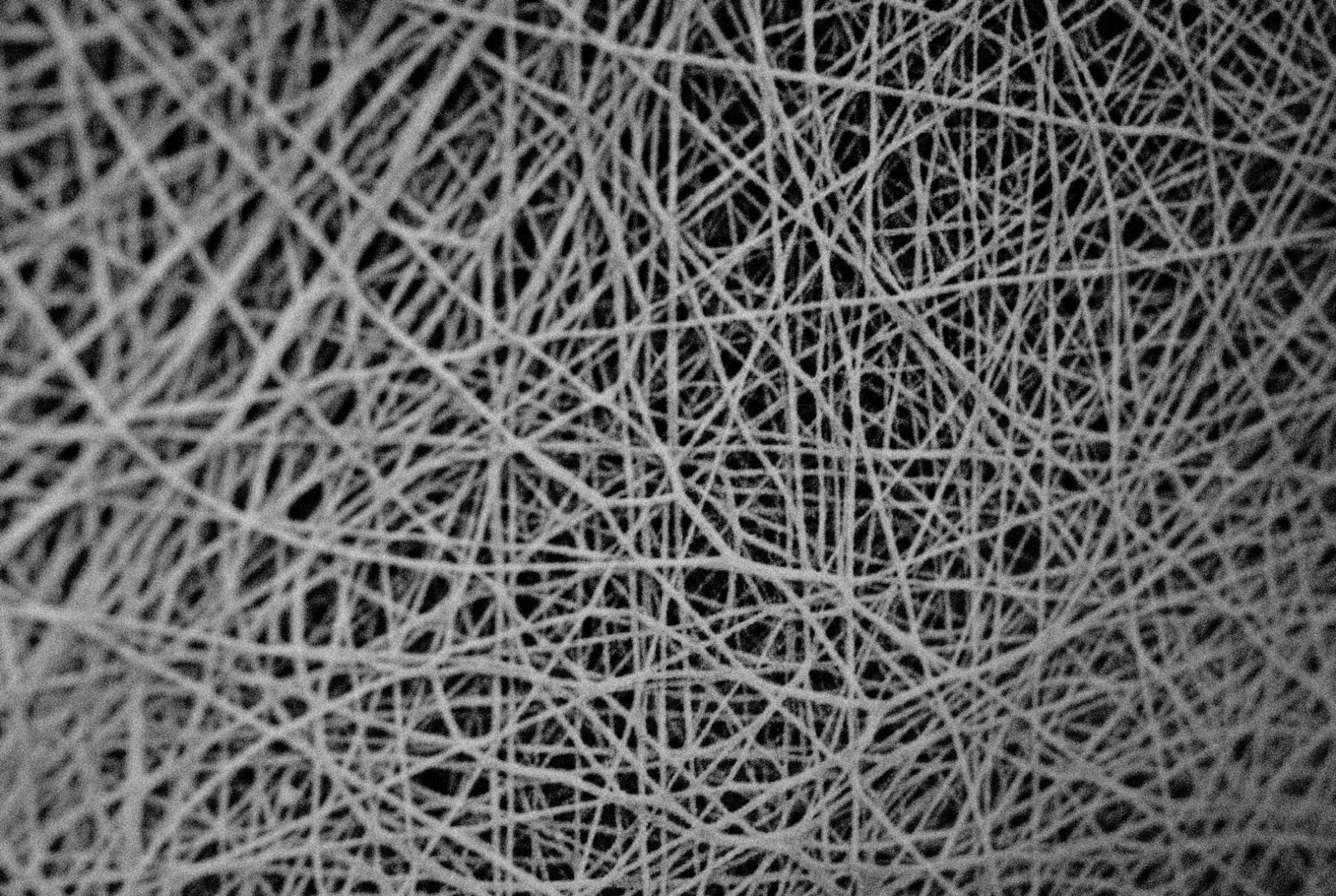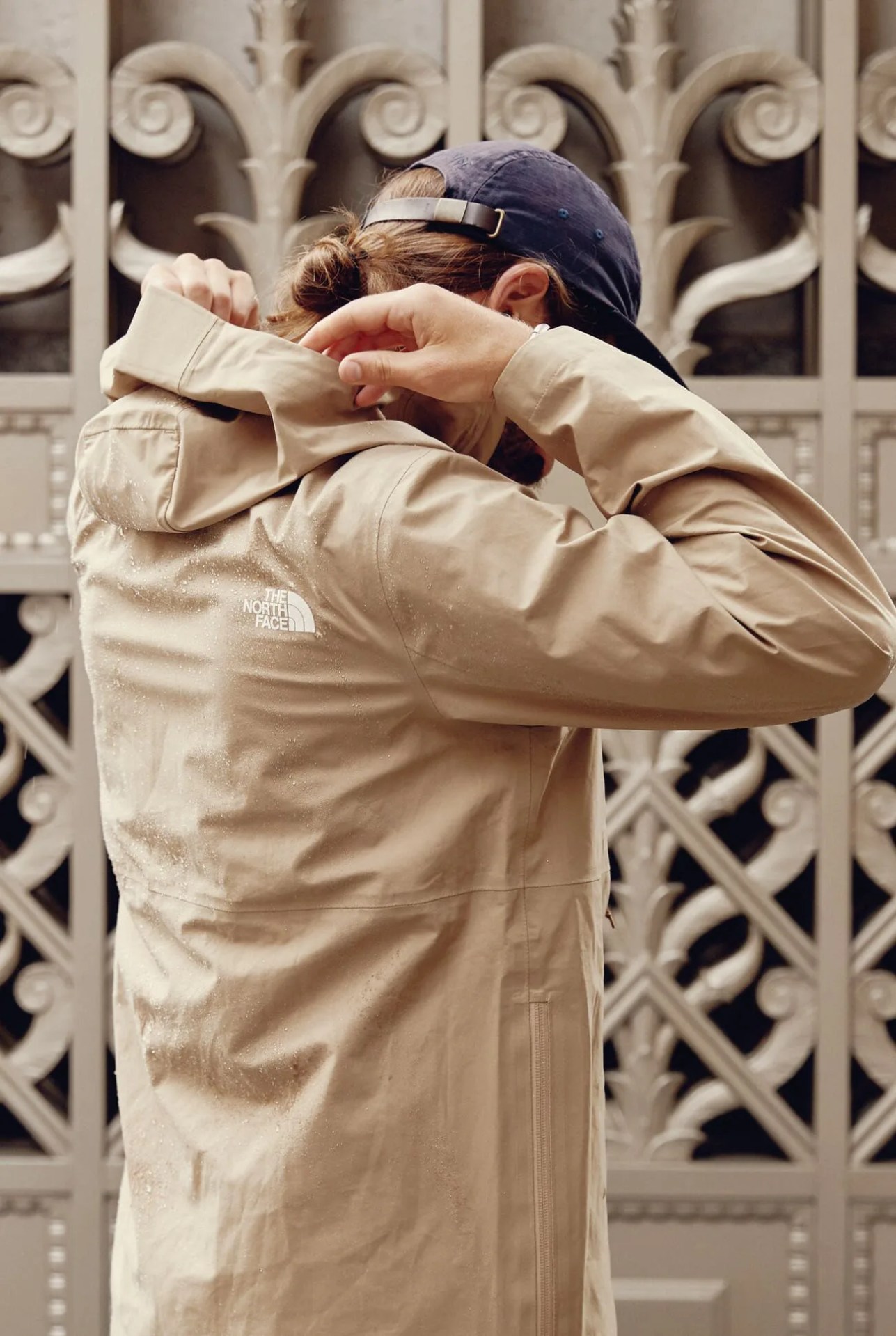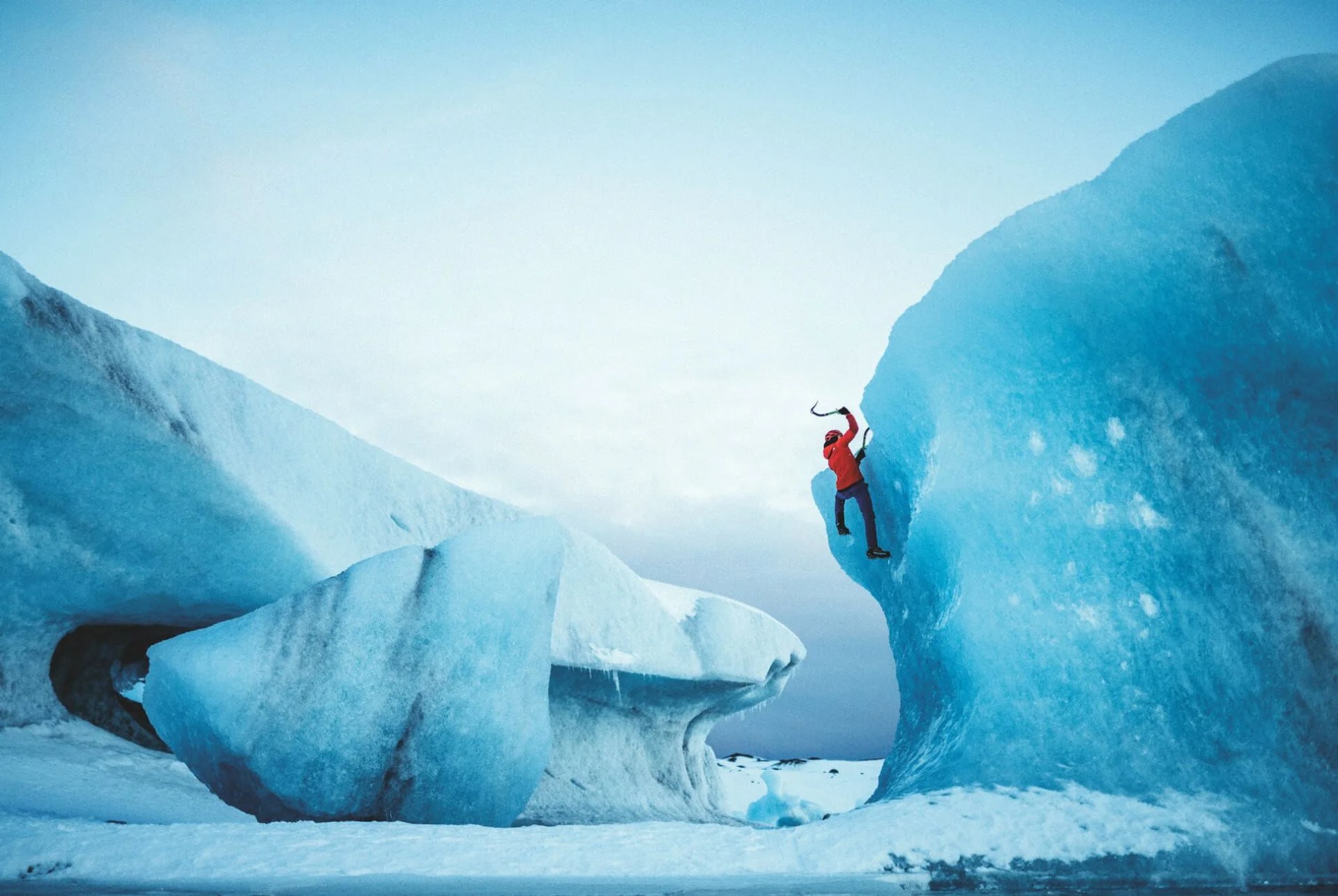A version of this article originally appeared in Gear Patrol Magazine with the headline “The Review: The North Face FutureLight.” Subscribe today
In 2017, after summiting 14,000 feet to the peak of Colorado’s Mt. Sneffels, Andres Marin turned to Scott Mellin, holding a sweat-soaked layer he’d just peeled off his back, and asked something to the effect of, “Wouldn’t it be great if we didn’t have to do this all the time?”
Any mountaineer, rock climber, backcountry snowboarder, resort skier, hiker, runner or bike commuter can describe the unpleasant clamminess that percolates inside a waterproof shell under hard exertion. But Marin, a professional climber for The North Face, and Mellin, the company’s Global General Manager of Mountain Sports, were in a position to do something about it.
Less than two years later, The North Face is releasing its first collection featuring FutureLight, a new and potentially revolutionary waterproof fabric technology that the company has been teasing for the better part of 2019.
The dream of FutureLight is simple, which is not to say easy: waterproof technical apparel that’s so breathable the wearer remains dry inside and out, even during serious effort. Every outdoor brand from Patagonia to Arc’teryx has been trying to solve this riddle for years; the breathable-waterproof conundrum has remained the Gordian Knot of the outdoors industry.

To make a fabric that lets sweat escape while still keeping rain or snow out, materials companies have long relied on substances like polyurethane and polytetrafluoroethylene, or PTFE. Gore-Tex, for example, makes its Pro membrane from a sheet of PTFE stretched to just .01 millimeters thick, with roughly nine billion pores per square inch. That’s small enough to prevent a water droplet from sieving through but plentiful enough to let body vapor out — up to a point.



